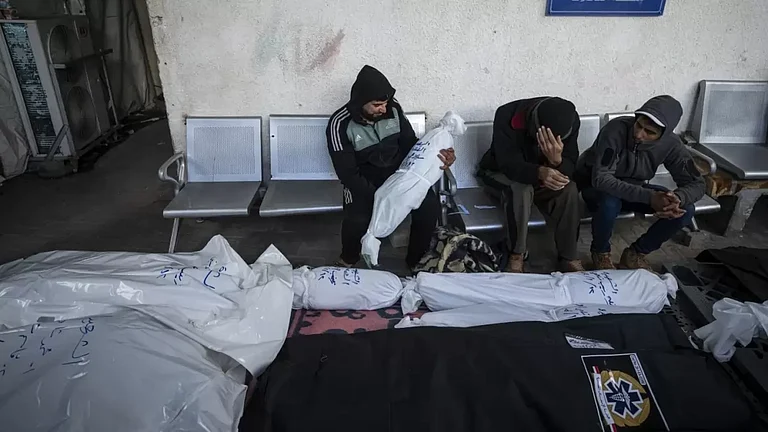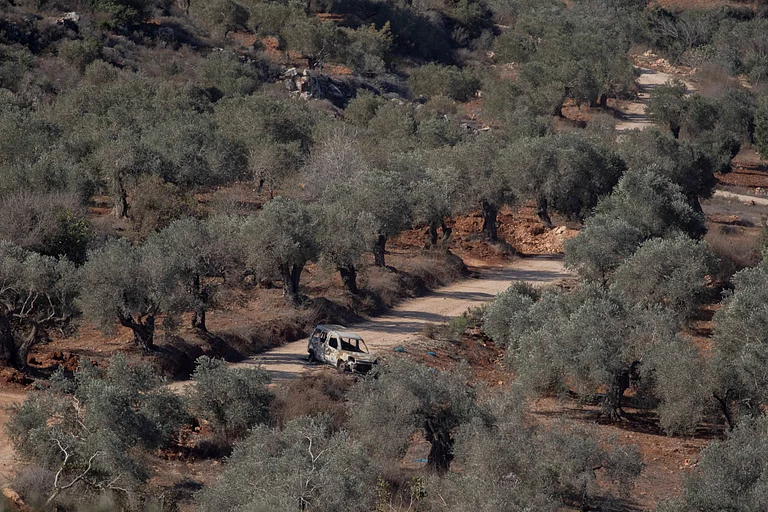
A historic ceasefire between Israel and Hamas has ended nearly two years of intense conflict that began in October 2023, which resulted in over 67,000 Palestinian deaths and widespread destruction in Gaza.
Hamas has begun releasing Israeli hostages, with 20 expected to be freed in exchange for around 2,000 Palestinian prisoners. Thousands of Palestinians are returning to Gaza City after fleeing the Israeli offensive, facing long and difficult journeys amid devastation.
World leaders, including U.S. President Donald Trump, have welcomed the ceasefire, with a peace summit planned in Sharm el-Sheikh to finalize a lasting framework. The success of the truce depends on disarmament, governance in Gaza, and international support for reconstruction and long-term stability.
A historic ceasefire between Israel and Hamas has come into effect, ending a protracted and devastating conflict that began in October 2023. The agreement between the two nations includes a comprehensive hostage and prisoner exchange and sets the stage for a broader peace framework.
The conflict ignited on October 7, 2023, when Hamas launched a large-scale attack on Israel, resulting in significant casualties and widespread damage. In retaliation, Israel initiated an extensive military operation in Gaza, leading to a prolonged and intense war. Over the course of nearly two years, the conflict resulted in over 67,000 Palestinian deaths and left Gaza in ruins. The humanitarian crisis prompted international calls for a ceasefire and negotiations.
Hostage Exchange Underway
As part of the ceasefire agreement, Hamas began releasing Israeli hostages, with the first seven handed over to the International Committee of the Red Cross (ICRC) in Gaza. These hostages were subsequently transported to Israel, where they reunited with their families. In total, 20 Israeli hostages are expected to be released in exchange for nearly 2,000 Palestinian prisoners held by Israel. The exchange is being coordinated under the supervision of the ICRC to ensure the safe and orderly transfer of individuals.
Thousands of Palestinians have begun returning from southern Gaza to Gaza City, weeks after fleeing the Israeli offensive that turned much of the city into rubble. Footage showed large numbers walking north up damaged narrow coastal roads towards the collapsed towers and ruined buildings of the territory's biggest city.
The returnees, many travelling on foot for more than 20km, carried what remained of their belongings on their backs. Those who could afford it paid high prices to hire donkey carts or small trucks to make the arduous journey north. Some waved Palestinian flags and flashed victory signs. But the prevailing mood was one of exhaustion. Many appeared weak and malnourished after months of displacement, hunger and fear.
World leaders have expressed cautious optimism regarding the ceasefire. US President Donald Trump, who played a pivotal role in mediating the agreement, declared, "The war is over," and is scheduled to visit Israel to address the Knesset before co-chairing a peace summit in Sharm el-Sheikh, Egypt. The summit aims to finalize a lasting peace framework for Gaza, involving leaders from over 20 nations.
German Vice Chancellor Lars Klingbeil indicated that Germany is considering lifting its restrictions on arms exports to Israel, signaling a potential shift in international support as the peace process progresses. However, Iran declined its invitation to the regional peace summit, highlighting ongoing geopolitical tensions.
The future of the ceasefire hinges on the successful implementation of the agreed-upon terms, including the disarmament of Hamas and the establishment of a technocratic governance structure in Gaza. International efforts will focus on reconstruction and ensuring long-term stability in the region.
While the ceasefire marks a significant step toward peace, challenges remain. The international community's continued engagement and commitment will be crucial in transforming this fragile truce into a durable and lasting resolution.



























